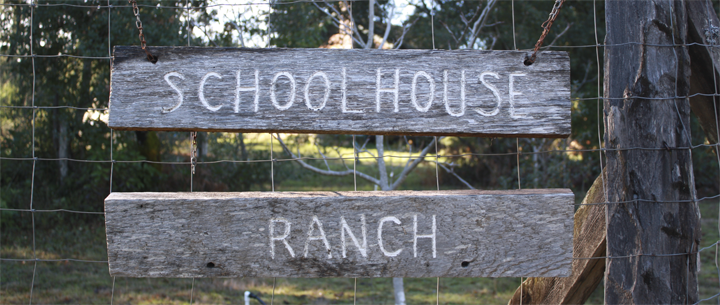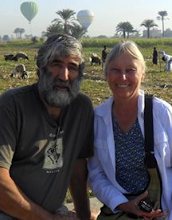Arrived home Saturday night, later than we had hoped. There was a lightning storm at SFO after we landed and the baggage handlers had to wait for it to end before they could go out to the plane - two hours later we got our bags. Poor Don, circling, circling, waiting to pick us up.
Sunday we got ready for our onslaught of family staying with us for thanksgiving. With our guest house and a neighbor's, we housed 15. Our niece and her husband wisely stayed at the Boonville Hotel - much spiffier accommodations. On Wednesday, everyone took themselves off on various activities. The weather only cooperated in that it didn't rain, but was miserably cold. Warm enough in the sun Wednesday and Thursday, but nights were well into the 20's. We put little Christmas lights on our citrus trees, and hoping they survive.
With friends and family, we were 30 for dinner. We've been doing this for years, though 30 was definitely more than usual. Our friends bring side dishes or starters, Mark bbqed two turkeys, I made stuffing, scalloped potatoes with chanterelles, scalloped sweet potatoes with chipotles and cream, and Lily and Kam made the mashed potatoes still demanded by the younger members of our families. It's our favorite holiday, despite the work. What could be wrong with a holiday centered around family, friends, and food?
Looking at the pile of laundry on Sunday was a little daunting, but was quickly sorted in a few days, and I was back to my normal routine - computer, gardening cleanup, my Bird Brain seeing group and getting ready for our next trip. Yep. We're headed to NY Friday morning. Mark's brother will pick us up at the airport and we head directly to the rehearsal dinner. Saturday is the wedding - black tie. I love to see Mark in his Dad's tuxedo, so handsome. Sunday we'll celebrate my brother-in- law's birthday, then a late flight home and work Monday for Mark. Then there's the beginning of various holiday events.
Happy Chanukah. We had my special latkes Wednesday night. I put grated zucchini and sweet potatoes in with regular potatoes. Delish. And I always have homemade applesauce. Another thing I've been making is a baked chile dish. I have a lot of anchos I rescued before the frost and they are keeping quite nicely in the carport. I char them, peel off the skins, slit them and fill with a mixture of just about any sauteed vegetable and cheese. I've been using grated zucchini, the last from the garden, and broccoli and onions and hot peppers, also from my garden, and of course garlic. For seasoning, my preference is cumin and s and p. I also like the queso fresco. If you don't put in too much cheese, it's a pretty healthy side dish. Then I bake them for 20 minutes.
We had our first frost the Monday before thanksgiving, and I cut the last of the zinnias and rudbeckias for the holiday table, though I could have as easily used any of the wild bushes and trees sporting their winter red berries. I'll bring some of them in when we get back. Time also to look up some recipes for Egyptian food, which I did not get enough of when we were there. It's wild mushroom season too and I picked a basket full of russula xerampalina (?), common name, shrimp russula, for that fishy smell. But they are a beautiful wine colored mushroom and I can find them as very firm caps, large and small. They smell shrimpy when cooking, but taste nutty and are especially good in a cream sauce over pasta. With lots of garlic of course. I still have some chanterelles left from my big haul when we got back. They last surprisingly well in the fridge, as they tend to dry rather then get soggy. Love them and will want another scalloped potato with chanterelle dinner before the season is over.
still standing
2 years ago





















































